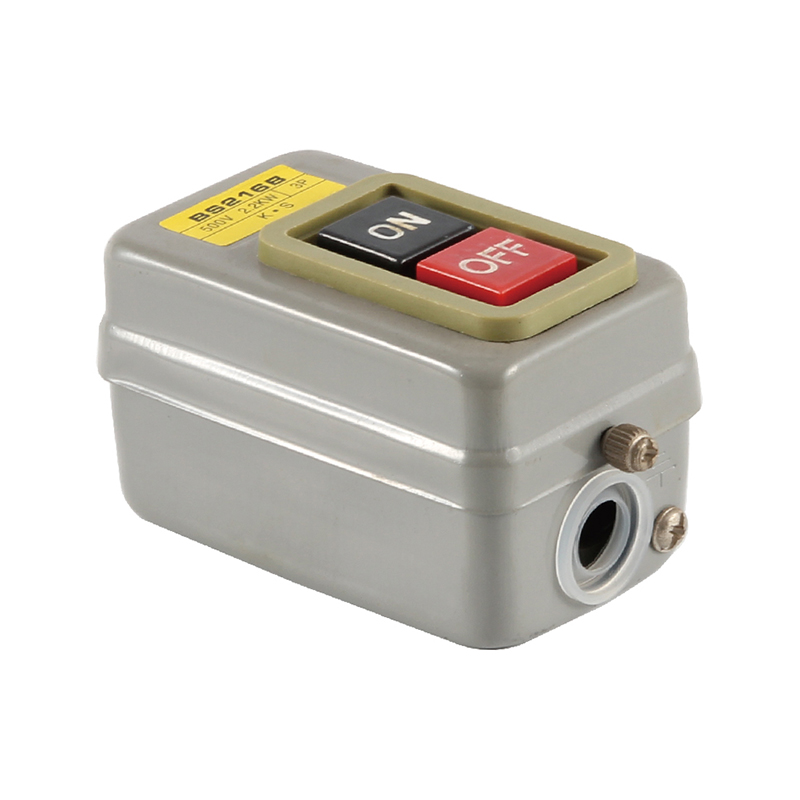- Home
- Products
- About Us
- Application
- News
- Contact Us
Web Menu
- Home
- Products
- About Us
- Application
- News
- Contact Us
Product Search
Exit Menu
Why the Quality of the Switch for Power Tools Matters More Than You Think

When people think about the components that make power tools function properly, they often focus on the motor, the battery, or the cutting and drilling attachments. However, one small but critical part that frequently goes unnoticed is the switch. The switch for power tools plays a crucial role in both safety and functionality. Without a reliable switch, even the most advanced power tool can become difficult to control, unpredictable, or unsafe.
The switch for power tools is the gateway between the user and the tool's internal mechanisms. It controls the flow of electricity to the motor, allowing the tool to start or stop as needed. A poor-quality switch can result in electrical instability, delayed response, or even total failure of the tool during operation. This not only disrupts work but can also present significant risks, especially in high-precision or high-power applications.
Durability is one of the main reasons why the quality of the switch matters. Power tools are often used in tough environments—construction sites, workshops, or outdoor areas—where dust, moisture, and mechanical vibrations are common. A poorly sealed or flimsy switch can degrade quickly under these conditions. A high-quality switch for power tools, on the other hand, is designed to endure repeated use, resist environmental factors, and maintain consistent performance over time.
Safety is another critical aspect. A faulty switch may fail to shut off the tool when needed, creating dangerous situations for the user. This is especially concerning when using saws, drills, or grinders, where any delay in stopping the tool can result in injury. A well-designed switch ensures that the tool can be controlled precisely, reducing the chance of accidents. In emergency situations, being able to immediately turn off the tool is often essential.
Another reason to pay attention to switch quality is related to long-term maintenance. A low-quality switch may wear out or become unreliable after a short period of use, requiring frequent replacements or repairs. This not only adds to operational costs but also results in downtime. For professionals or hobbyists who rely on their tools regularly, the reliability of the switch for power tools becomes a key factor in overall productivity.
Compatibility also comes into play. A high-quality switch is typically designed with better integration in mind, ensuring that it works well with other components in the tool. It can handle current loads efficiently, provide smooth operation, and offer consistent triggering without unexpected power fluctuations. Some switches may even include features like variable speed control, lock-on functions, or dustproof covers, all of which contribute to a better user experience.
A quality switch enhances user confidence. When someone uses a power tool, they expect it to respond instantly and predictably. If the switch feels loose, sticky, or inconsistent, it creates hesitation and uncertainty. On the other hand, a solid, well-built switch offers tactile feedback and smooth operation, allowing the user to focus on the task without distractions.
The switch for power tools is far more than just an on/off button. It plays a central role in ensuring safety, durability, reliability, and overall usability. Investing in tools equipped with high-quality switches or replacing worn-out switches with trusted alternatives can significantly improve tool performance and safety. Recognizing the value of this small component can lead to better decisions when buying or maintaining power tools.
-
Add: 1st Floor, No. 2, Huanan Road, Zhengcun, Economic Development Zone, Yongkang City, Zhejiang Province, China
-
Tel: +86-0579-87133113
-
E-mail: [email protected]

 English
English русский
русский Español
Español